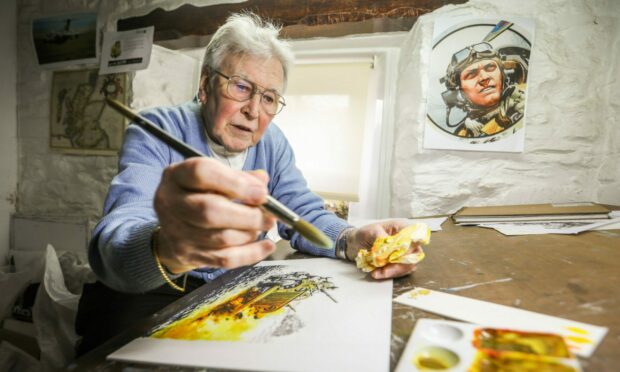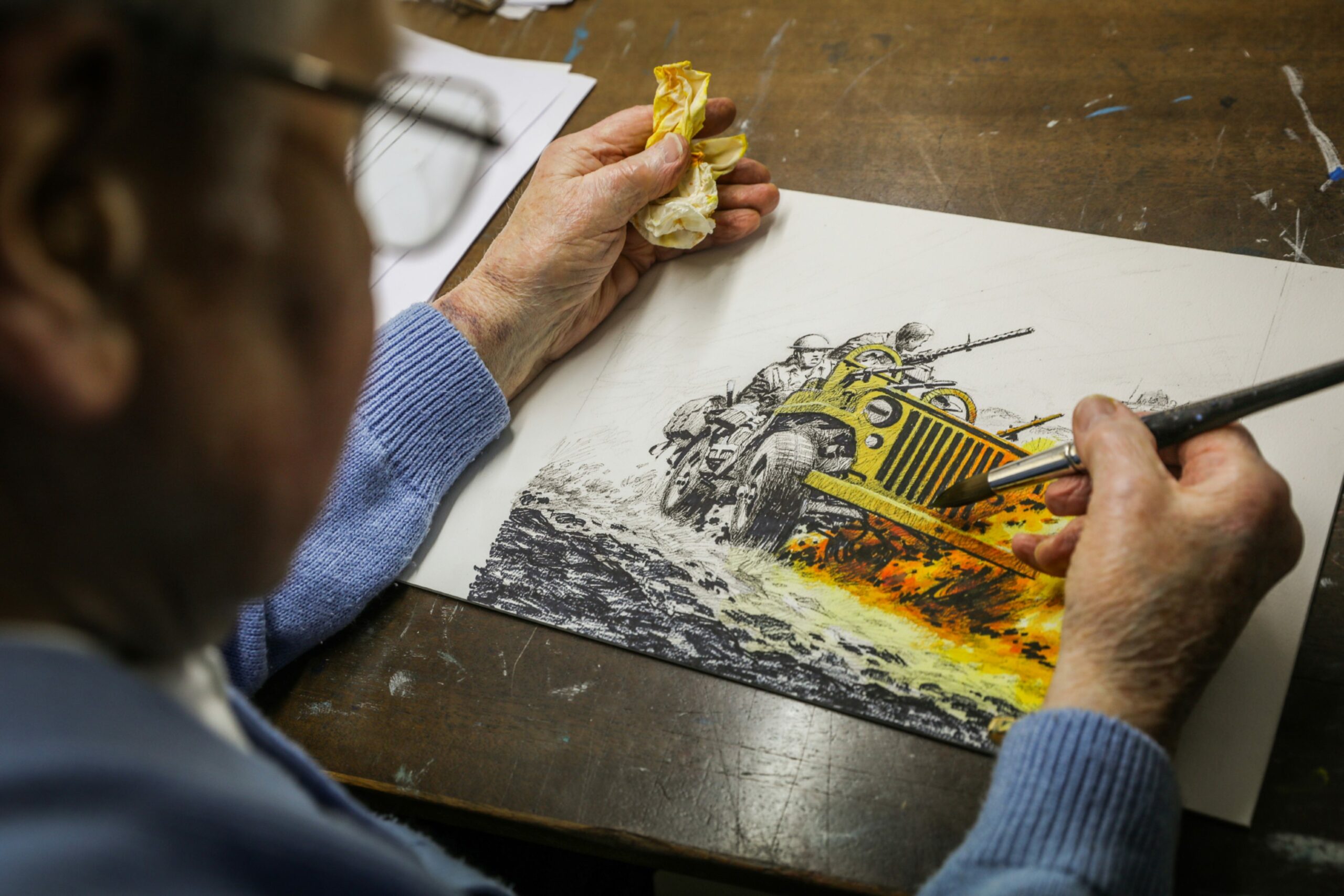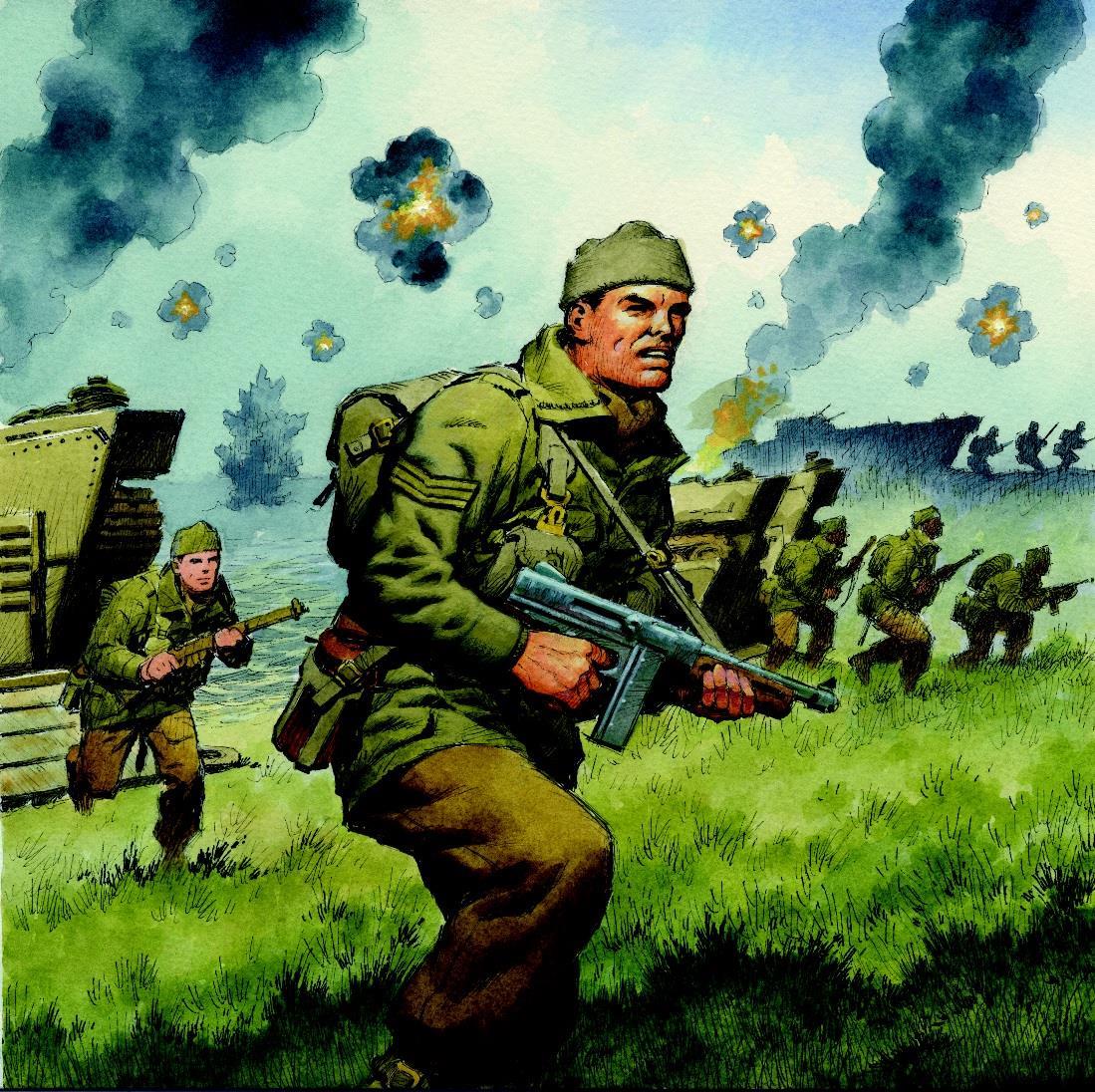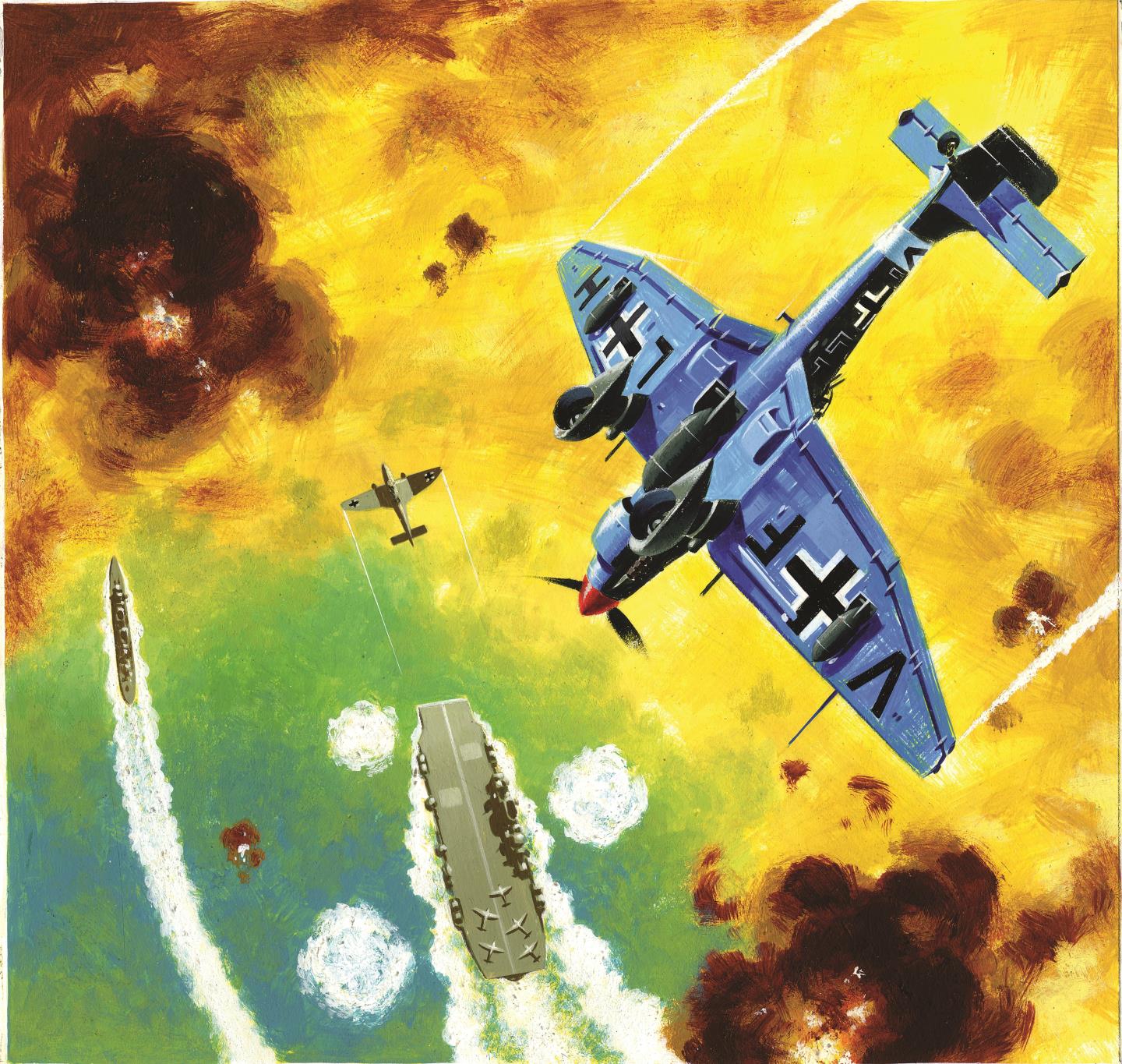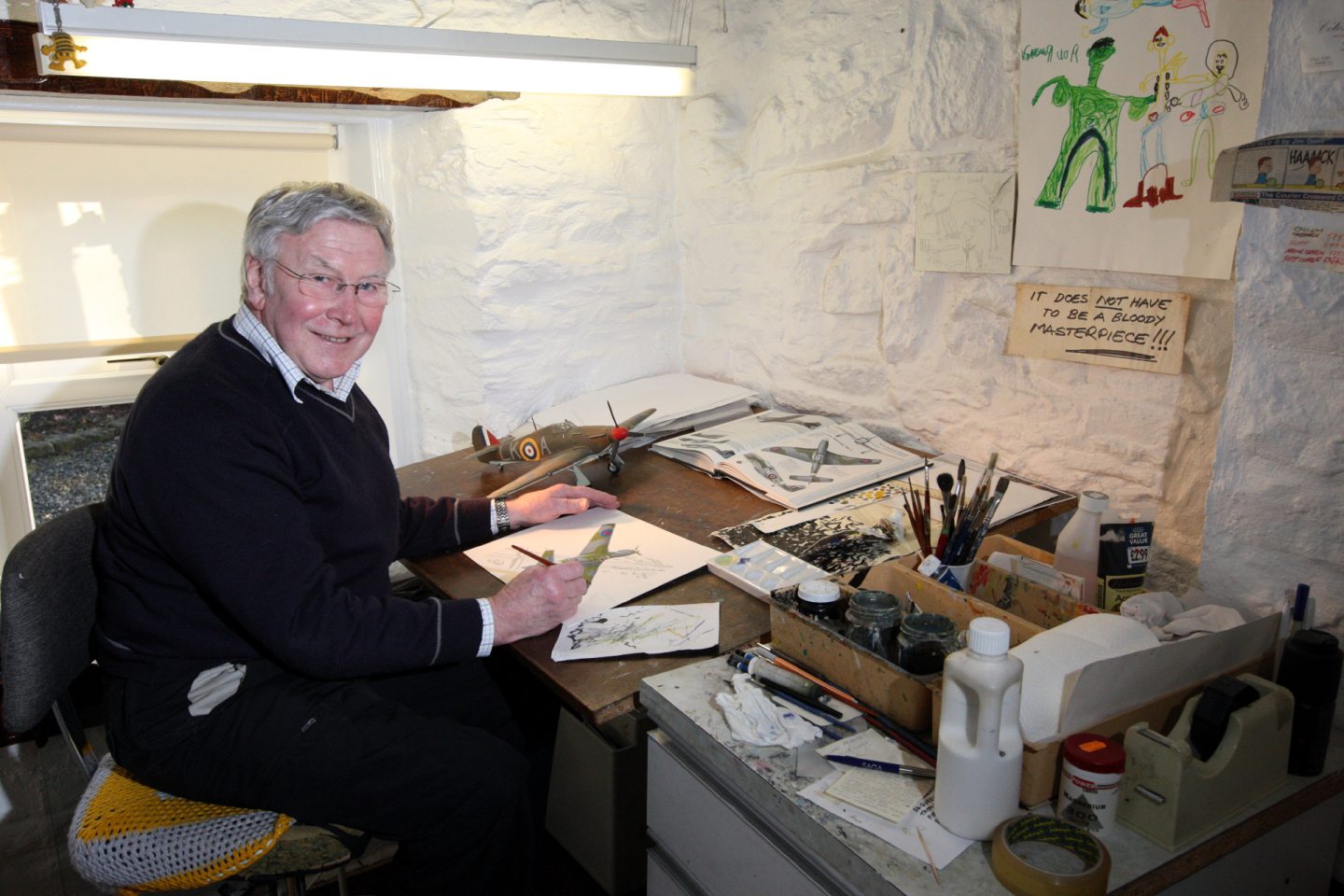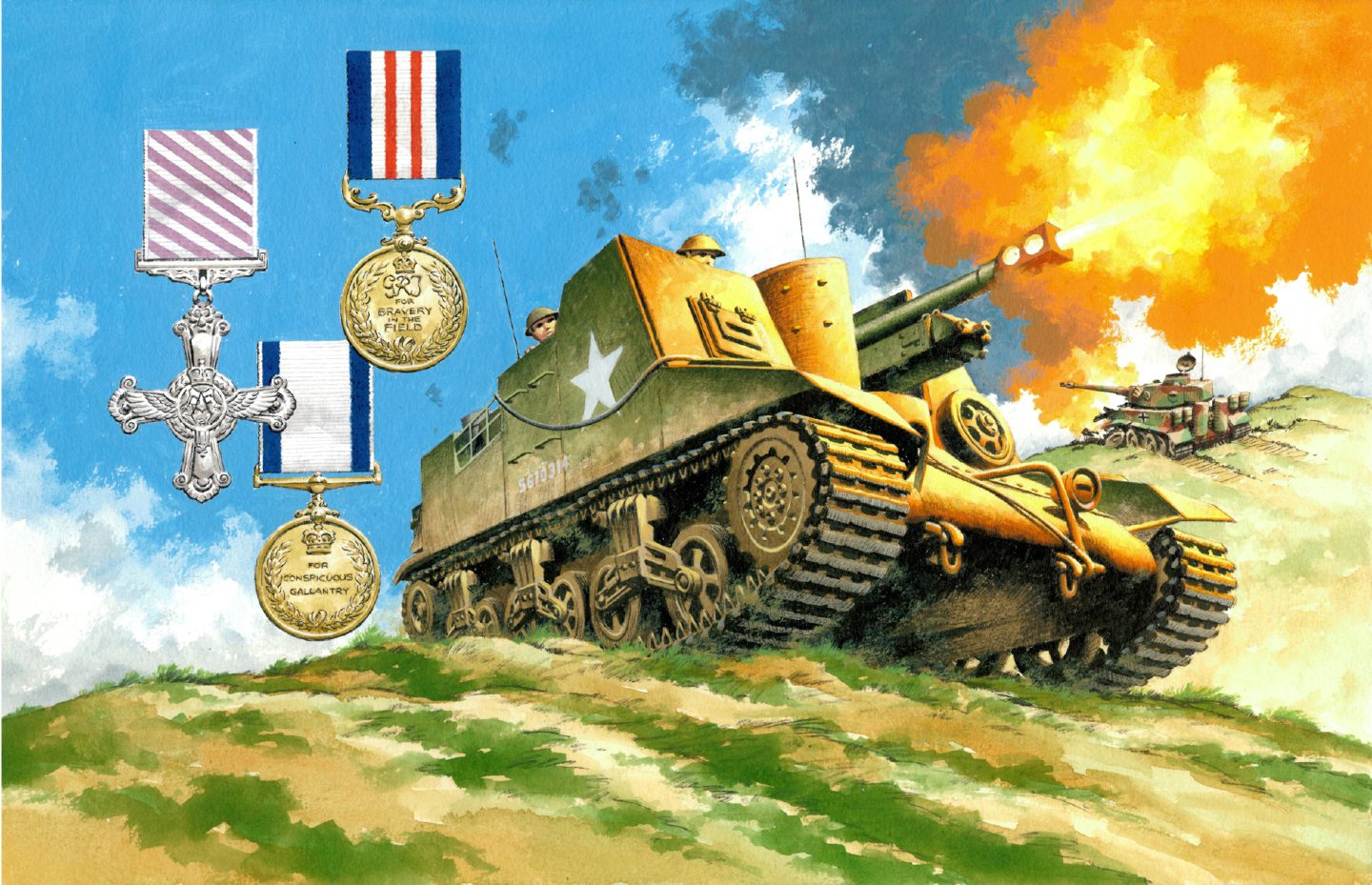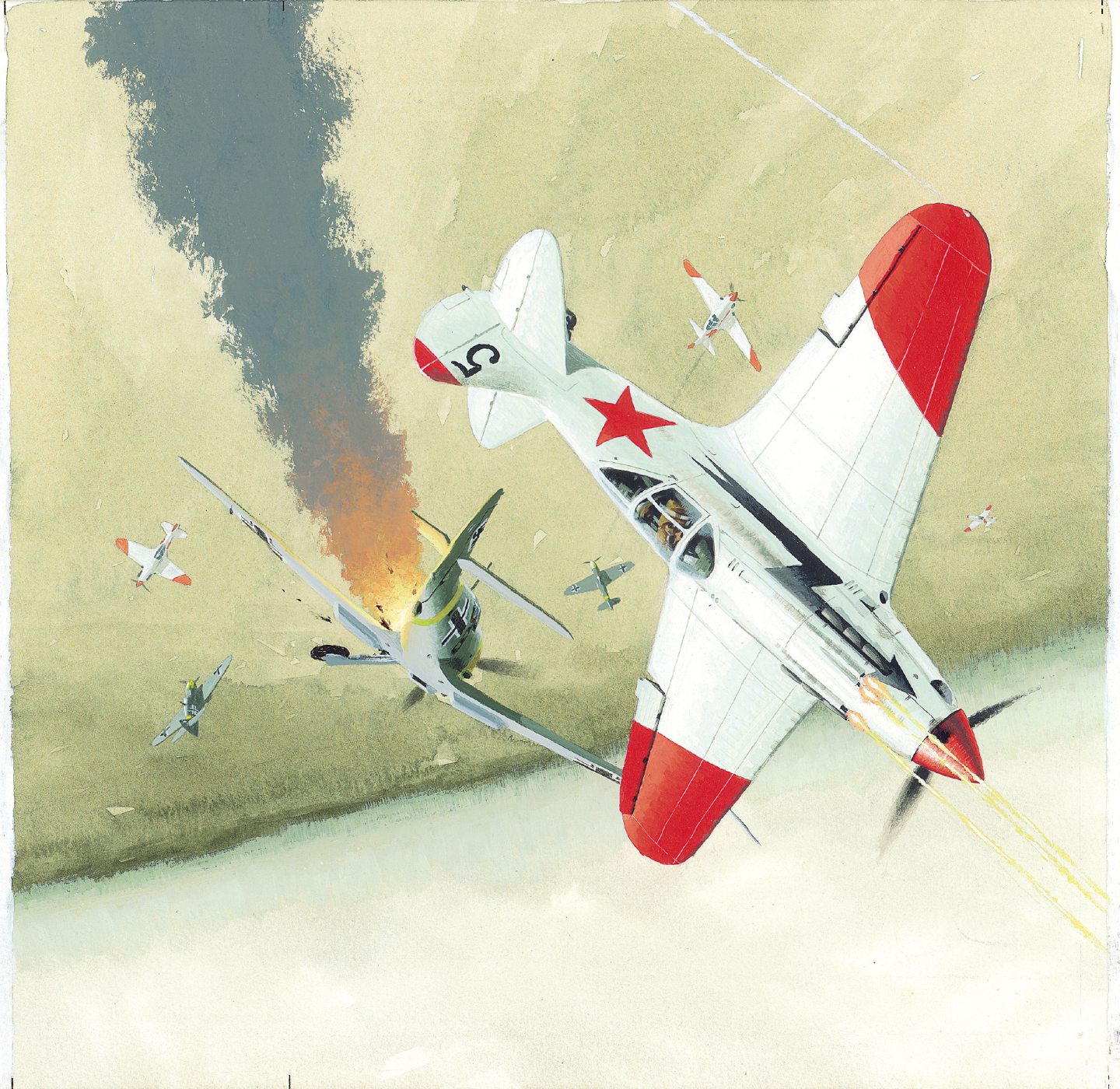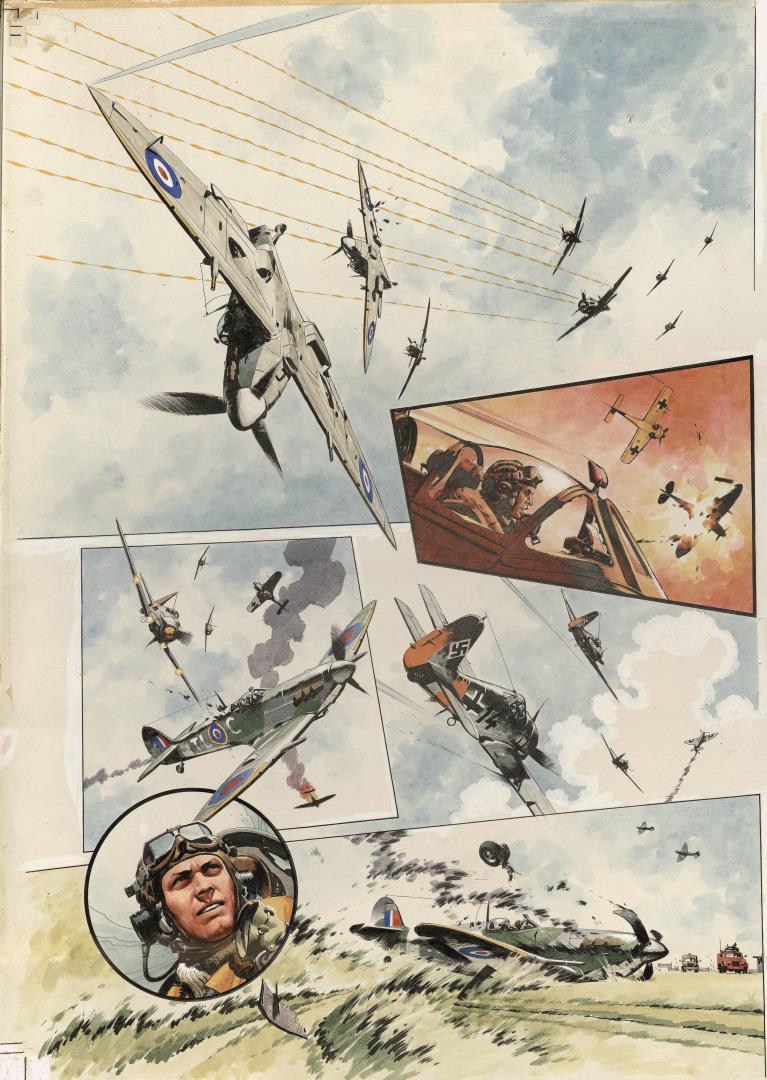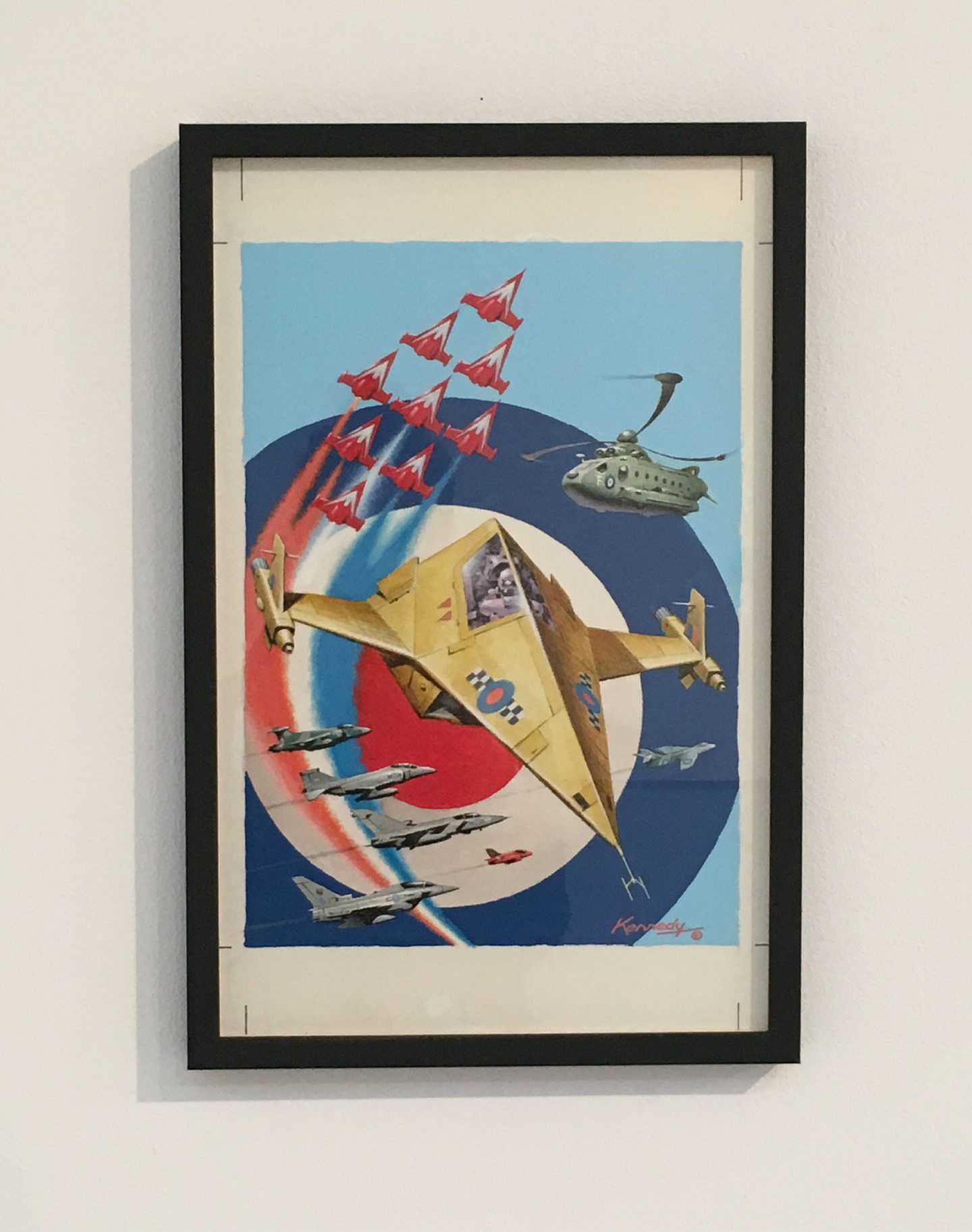Commando and Judge Dredd artist Ian Kennedy, who has died aged 89, was not aware of the enjoyment he had brought to millions of readers until the final decade of his life.
His career as staff artist for publisher DC Thomson and then as a freelance spanned a period of 73 years.
He became a giant of his craft, as legendary as some of the characters he drew. He created 1,600 Commando front covers and was the pen behind Dan Dare, Judge Dredd and the Blake’s 7 magazine.
In the final years of his life, Ian recorded an interview with DC Thomson historian Norman Watson in which he spoke of his early inspirations and later fame.
From the 1970s right into this century Ian said his focus was to be as professional as he could be, something he got tremendous enjoyment from.
He told Dr Watson: “The recognition that has come in recent years has made me realise that we have given an awful lot of pleasure and I have got a tremendous kick from that.”
Ian described himself as a lucky man: lucky that he was endowed with ability during the golden age of adventure magazines.
From the 1950s until his death, Ian worked at home in Dundee. His first studio was in his bedroom overlooking Wallacetown Church before he moved to a larger home in the suburbs.
His very first piece of artwork was a crossword for The Sunday Post, where he had to ink the squares but he later moved on to illustrate the Hotspur, Adventure, Rover, which are now in their centenary year, then Commando and Warlord among others.
However, his first illustration was a picture quiz in the Wizard while still a junior in the art department of DC Thomson.
Ian had joined the company in 1949 on the recommendation of artist David Ogilvy, who worked for the firm, and had tutored Ian since his early teenage years.
He began as a 16-year-old office junior making the tea but this led to what he described as an exacting apprenticeship.
“It was a very valuable apprenticeship among some wonderfully talented people and the world was my oyster,” Ian said in the interview.
War years
He had originally yearned to fly with the RAF after watching aircraft over wartime Dundee but an ear problem put paid to that ambition.
All the hardware of war surrounded Ian as he grew up in Baldovan Terrace in Dundee. The city was surrounded by air bases and Baxter Park, near his home, was given over to an army camp.
He was born in September 1932 and went to Clepington Primary School and then Morgan Academy.
During the war his father, who had moved to the city from Newtonmore, was an army driver.
Even as a toddler in his cot, Ian gravitated towards creativity and his parents found handing him a paper and pencil kept him occupied and contented.
He didn’t shine greatly at art at primary school but two teachers at Morgan Academy, Robert McKay and Harry Kay, recognised and encouraged his talent.
A self-confessed loner who liked nothing better than long trips on his bicycle, Ian used to spend evenings sketching at his kitchen table.
By good fortune, an upstairs neighbour, Miss Mary Allan, was a school headmistresses who enlisted Ian’s help with art projects. She was also friends with artist David Ogilvy and introduced the pair.
Learning
For a period of about two years, David would bring artwork from the office and ask Ian to copy it.
He pointed out mistakes, built up his experience and taught him how to use a nib pen.
By the time he had left school just before his 17th birthday, a job arose at DC Thomson and within two weeks he had begun work at the Meadowside headquarters of the firm, one of the country’s biggest comic and magazine publishers.
As his experience grew, Ian would go on to illustrate Wizard, Hotspur, Judy and Bunty among other publications.
Marriage
While he was in Dundee Royal Infirmary for an ear operation, Ian met his future wife, Gladys, a nurse.
They married in Alyth in 1953 and set up home in a flat in Lyon Street. Son Neil was born the following year and daughter Gillian two years later.
It was around this time that Ian left DC Thomson’s employment to go freelance, working mainly for Amalgamated Press, who became Fleetway then IPC, although he would soon receive commissions from his old employer as well.
The freelance fees allowed Ian and Gladys to put down a deposit on a new build home off Charleston Road in Dundee where Ian would have his own dedicated workspace.
In 1970 he was invited to contribute to Commando by editor Chic Checkley and so began a relationship that lasted 51 years.
Fighter aircraft
Covers became his forte, with each taking up to three days to create. He was most passionate about creating highly detailed artwork featuring fighter aircraft.
In recent years Ian become more accustomed to fans’ adulation and attended comic conventions around the UK where he would draw characters, signing them simply, Kennedy.
For more than a decade, Ian created the covers for the RAF Leuchars airshow programme and five years ago was commissioned to create a cover for an imaginary Leuchars airshow in 2116. His artwork formed part of an exhibition at Dundee Contemporary Arts.
A spokesperson for Commando, which celebrated its 60th anniversary last year, said: “It is with heavy hearts that we pay tribute to our dear friend Ian Kennedy.
“At DC Thomson we were privileged to work with Ian for 73 years. A genuine, friendly and kind man, he’ll be missed by us all.
“Without a doubt, his legacy in the comics world will remain and his work will continue to inspire and bring joy. For Commando, Ian was our Squadron Leader and our best pilot. We salute him.
“Our thoughts are with Ian’s loving family at this time.”
